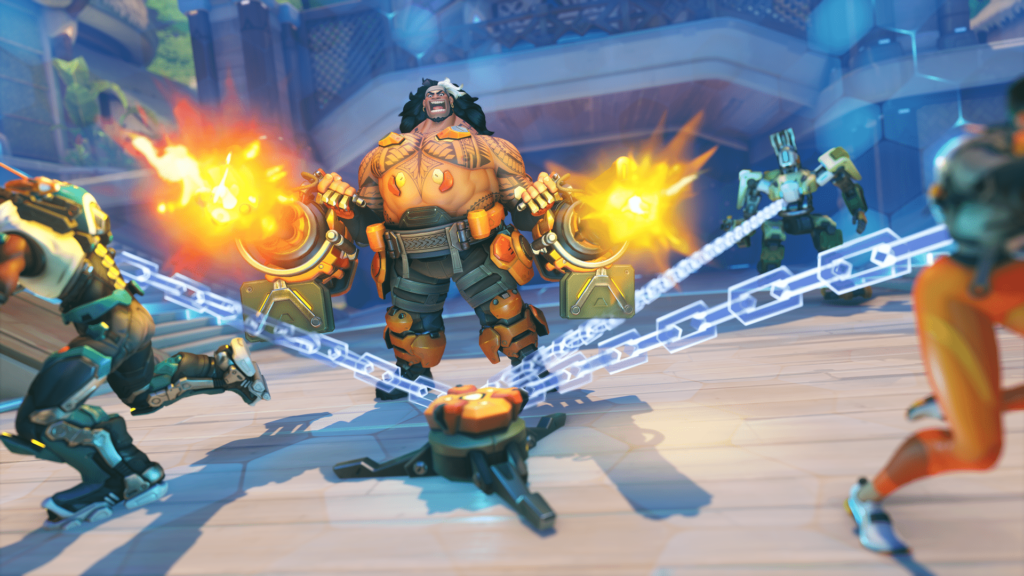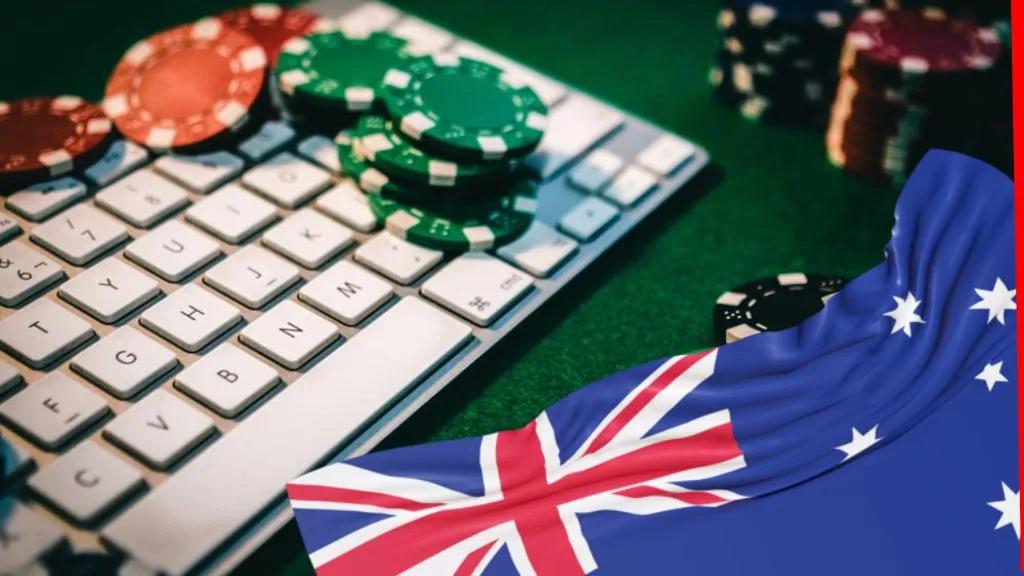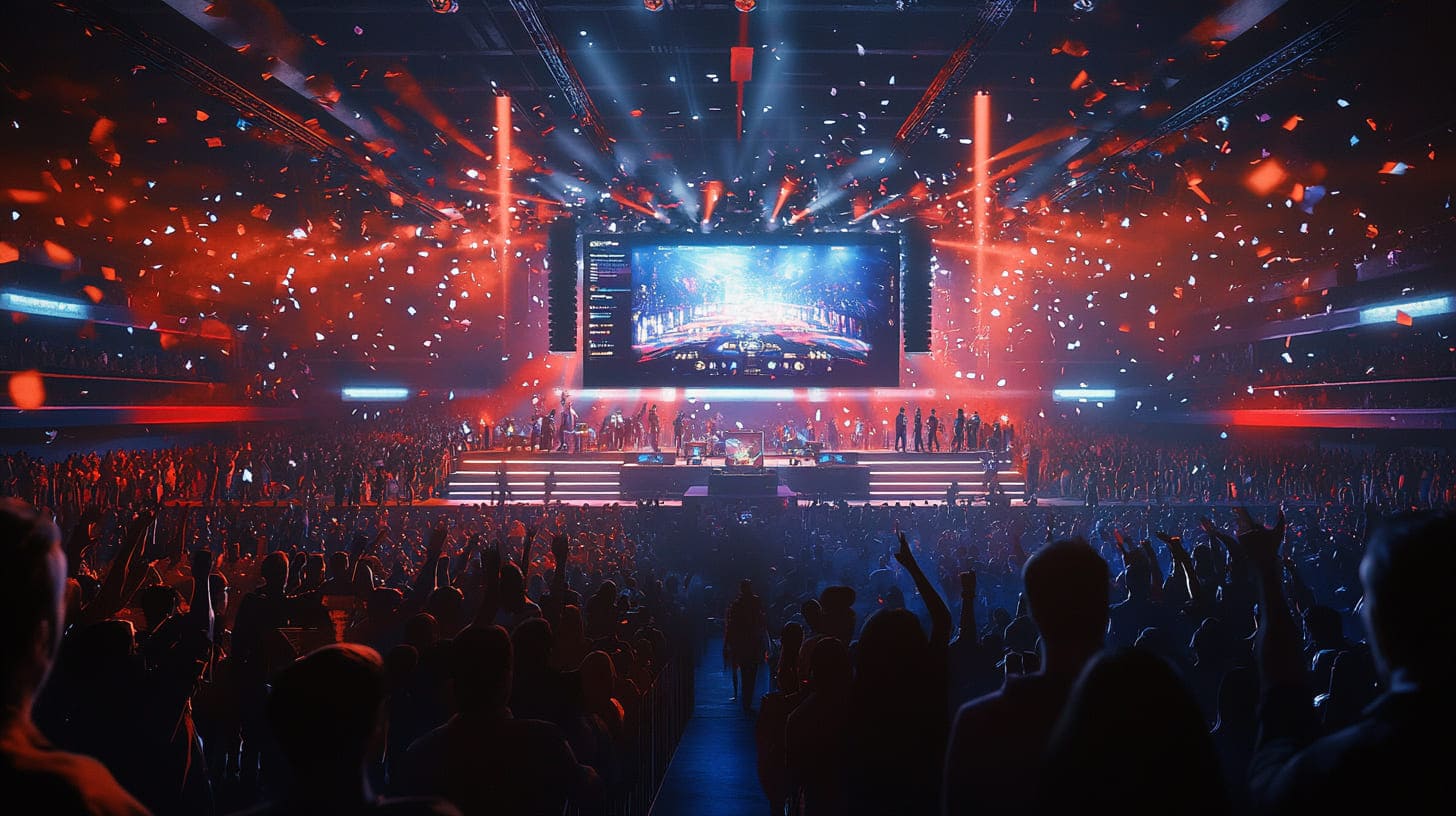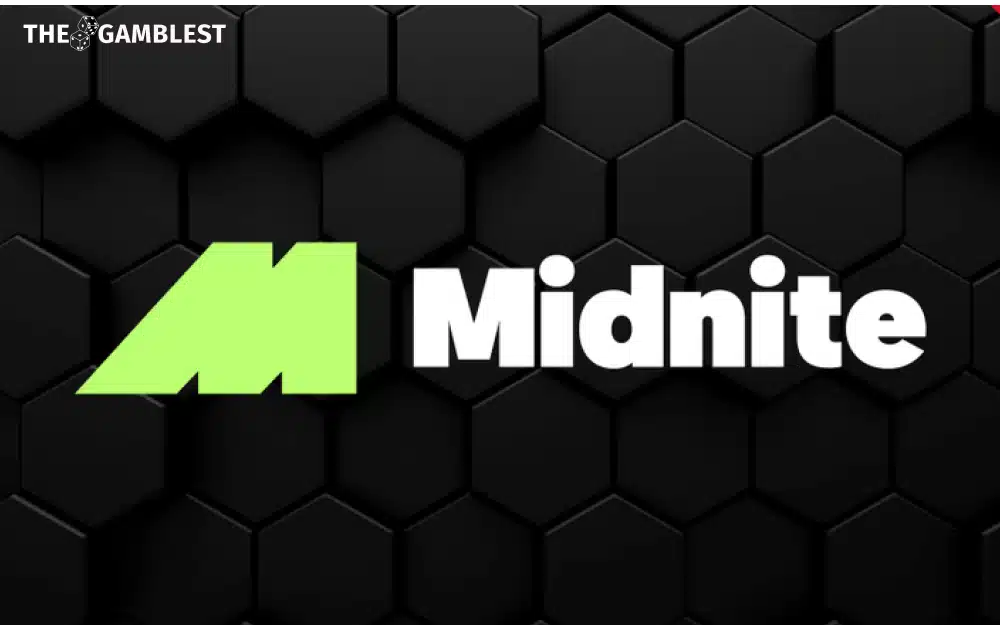
TL:DR
- Brawl is a casual, 10-minute team deathmatch mode with no towers or Nexus.
- Teams of five aim to reduce the enemy’s 250 HP to zero via player and minion takedowns.
- Bandle City, a small, wide map, hosts Brawl with portals for minion-based damage.
- Comeback buffs and camp power-ups balance gameplay, favoring beginners.
- Launches May 14, 2025, as a limited-time mode, lasting ~6 weeks.
- Ideal for testing champions in a low-stress, beginner-friendly environment.
The lineup of modes in League of Legends doesn’t change as often as some esports games, but LoL does receive regular updates to introduce new experiences for its dedicated fan base.
Riot Games is releasing a new mode called Brawl in the latest 25.10 Patch, and it’ll be a new dawn for casual players.
Brawl is a very different mode compared to classic League of Legends, so we’re bringing you a guide to explain how it’ll work and when you can expect to jump into the fun. Here’s everything you should know before diving into LoL’s new game mode.
League of Legends’ new game mode: What is Brawl?

Brawl is the latest experience in League of Legends. Designed as a casual, fast-paced game mode, each Brawl match only lasts around 10 minutes. In their official blog post, Riot Games made it clear that Brawl is supposed to be LoL’s equivalent of team deathmatch, in that you can jump right in and quickly understand the core mechanics.
The main goal in Brawl is to reduce the enemy team’s HP to zero. Two teams of five will start with 250 health each, while player eliminations and minion takedowns both deal varying amounts of damage. There’s no Tower or Nexus; Brawl is a mode made for simplistic combat. Unlike other game modes in League of Legends, you’ll find that Brawl isn’t based around complex strategy.
The impact that Brawl will have on the LoL community could be huge, as a new casual experience will help onboard beginners. For competitive fans, Brawl offers an opportunity to test different champions and gameplay mechanics in a relaxed environment.
When is the new LoL game mode coming out?
Brawl’s release date: May 14, 2025

Patch 25.10 will launch alongside the new Brawl mode, which is planned to be released on May 14th, 2025. The official release date is still a month away, so the timeline could change between now and May.
In a Reddit Q&A, Riot Games explained that Brawl will initially be a limited-time experience, lasting until Patch 25.13, which would be around six weeks.
How to play brawl

Compared to other modes in League of Legends, Brawl is simple to understand. Each team consists of five players, and the matches last about ten minutes. There aren’t any core objectives, so strategy is less important. Brawl is the perfect opportunity to test new champions in a controlled setting.
Both teams have 250 HP by default. Player takedowns deal five damage, while eliminating a minion will deal one point. Pushing your minions into an enemy portal also deals a point of damage. The team that reaches zero HP first loses.
Gameplay mechanics in Brawl
Luckily, the gameplay mechanics in Brawl are simple to understand. We’ve compiled a list of the core attributes for LoL’s newest mode so that you can jump straight into the action when it launches in May.
- Each team has 250 health
- Takedowns on minions and players deal damage to the enemy team
- Pushing your team’s minions into the enemy’s Bandle Portal also deals damage
- A comeback buff can be awarded to the losing team, which increases damage dealt and provides protection against enemy attacks
- Camps with useful buffs are located on each side of the lane.
New map: Bandle City

Bandle City is the map accompanying Brawl, so you’ll explore a colorful locale with a unique shape. Riot Games has described it as small but wide. You can jump back into the fun pretty quickly after a takedown, though Bandle City’s wide layout allows for multiple concurrent battles.
Each team has a Bandle Portal, and you can push your minions into the enemy portal to deal a point of damage to the opposing team. Overall, Bandle City is a tiny map, but it’s just big enough to feel open.
Power-ups in the Brawl mode
There are multiple ways to get power-ups in Brawl. If your team is losing, you can gain a comeback buff to deal more damage and gain extra protection. The comeback power-up is only available to players who are on the losing team, which will hopefully help prevent snowballing.
If you’re on the winning team, you’ll need to explore the camps on each side of the lane. Camps also offer gold, so it’s worth visiting them in each Brawl match. Power-ups from camps could include damage buffs or enhanced protection against the enemy team.
Brawl vs. traditional League of Legends

Modes like Summoner’s Rift and ARAM are wildly different from Brawl since the newest experience is designed for casual gameplay, not competitive matches.
Brawl is unique in that it prioritizes the fun factor over strategy and defined objectives, so it’s perfect for beginners or any player wishing to relax.
The list below details how Brawl differs from a few of the other common game modes found in League of Legends.
- Brawl is a fast-paced game mode without major objectives, so you can begin with any champion regardless of your skill level. The developers have compared Brawl to modes like Team Deathmatch in first-person shooter titles.
- Summoner’s Rift is the core gameplay mode in League of Legends. Much more competitive than Brawl, you’ll need to take down the enemy Nexus to secure victory. Team composition and general communication are very important to succeed in Summoner’s Rift.
- In ARAM, players are assigned a random champion. Like Summoner’s Rift, the goal is to destroy the opposing side’s Nexus. Though more strategy is required in ARAM compared to Brawl, it’s still more casual than Summoner’s Rift.
Who is Brawl made for?
Brawl mode was designed for new players and seasoned fans alike, though it’ll probably be more useful for beginners due to its low-stress gameplay and lack of strategic objectives. Riot Games has conveyed that they aimed to create a low-stakes mode where all players could enjoy a match, regardless of skill or knowledge.
Additions like the comeback buff help less-skilled teams hold their own, offering numerous chances to win even if you’re falling behind. Everybody has a fair shot in Brawl, which is exactly what Riot Games intended.
What are LoL developers saying about Brawl?

According to the official developer blog post, Brawl is an experimental mode focused on creating a fast-paced experience for beginners and pros alike. Fun is the primary objective, as opposed to the typical competitive gameplay that League of Legends is known for in 2025. The developers said:
“We’re excited for you to jump into Brawl. Modes like this represent a newer direction for us – smaller, faster experiments that focus on fun first, not perfect polish.”
It’s evident that Brawl won’t be perfect at launch, especially for fans who enjoy hardcore gameplay. However, it’ll help transition beginners into more prominent game modes, like Summoner’s Rift.
Conclusion: A fresh take on League of Legends

Summoner’s Rift and other popular modes in League of Legends have dominated for years, so Riot Games is finally taking steps to implement more low-stress options. Brawl will present unique opportunities to gain a better understanding of LoL’s expansive roster since it’ll be easy to jump straight into using a new champion.
If you’re a beginner, Brawl will offer the chance to compete in a casual setting, granting your team a powerful buff whenever you fall behind the opposition. If you’ve always wanted to try League of Legends but felt too overwhelmed, this new game mode might be a good starting point.
FAQs
Brawl was designed to offer short matches and simplistic gameplay mechanics. Unlike Summoner’s Rift, Brawl has no complex objectives to reach.
Brawl isn’t a permanent game mode. According to a Reddit Q&A with Riot Games, League’s latest experience will likely only last for six weeks. However, there’s always potential for Brawl to become permanent if it gains popularity.
As with other game modes in League of Legends, you’ll likely be able to join a match alongside chosen teammates. In fact, Brawl is based around casual gameplay, ideally with a group of friends.
We don’t yet have a full list of the best champions for Brawl, but characters that can clear waves of enemies with area-of-effect damage, like Yasuo, may be best for defeating enemy minions.
References
- Patch Schedule – League of Legends (Support League of Legends)
- [AMA] We’re the team behind League’s newest mode, Brawl, Ask us Anything! (Reddit)
- /dev: Get Ready to Brawl (League of Legends)
The post League of Legends Brawl mode: All you need to know appeared first on Esports Insider.

























